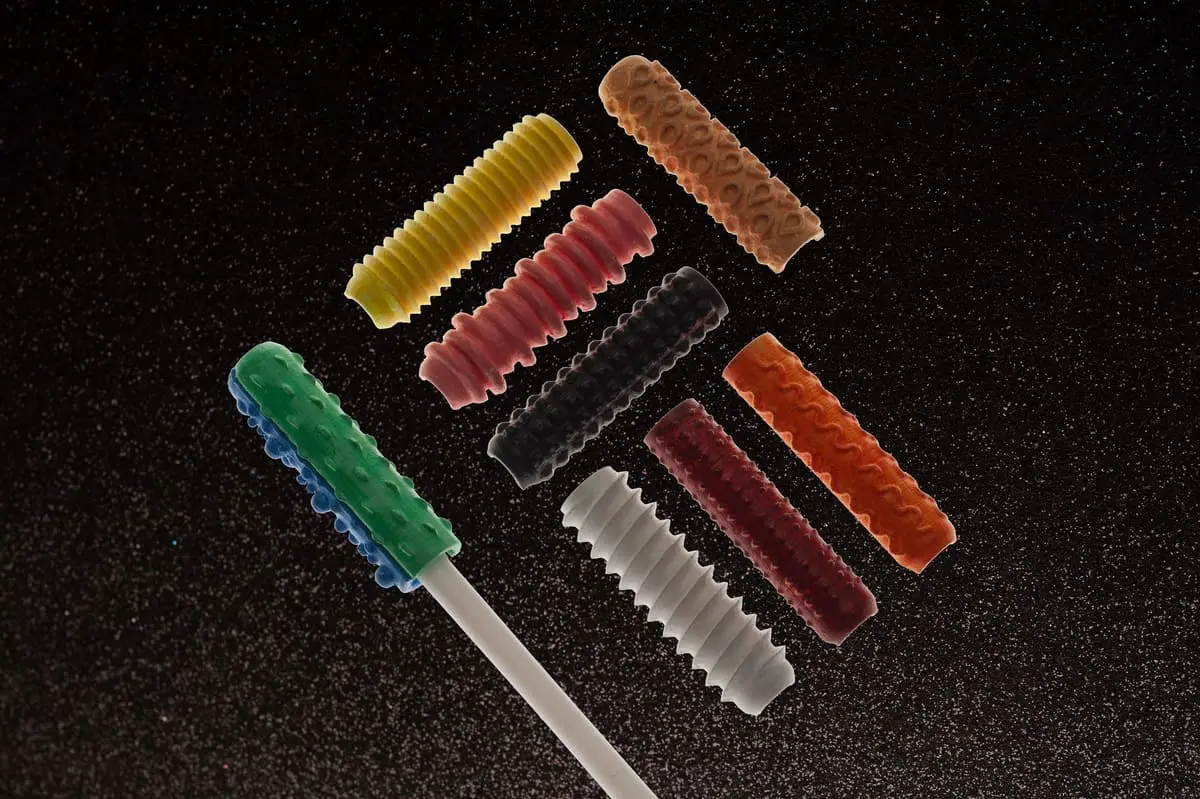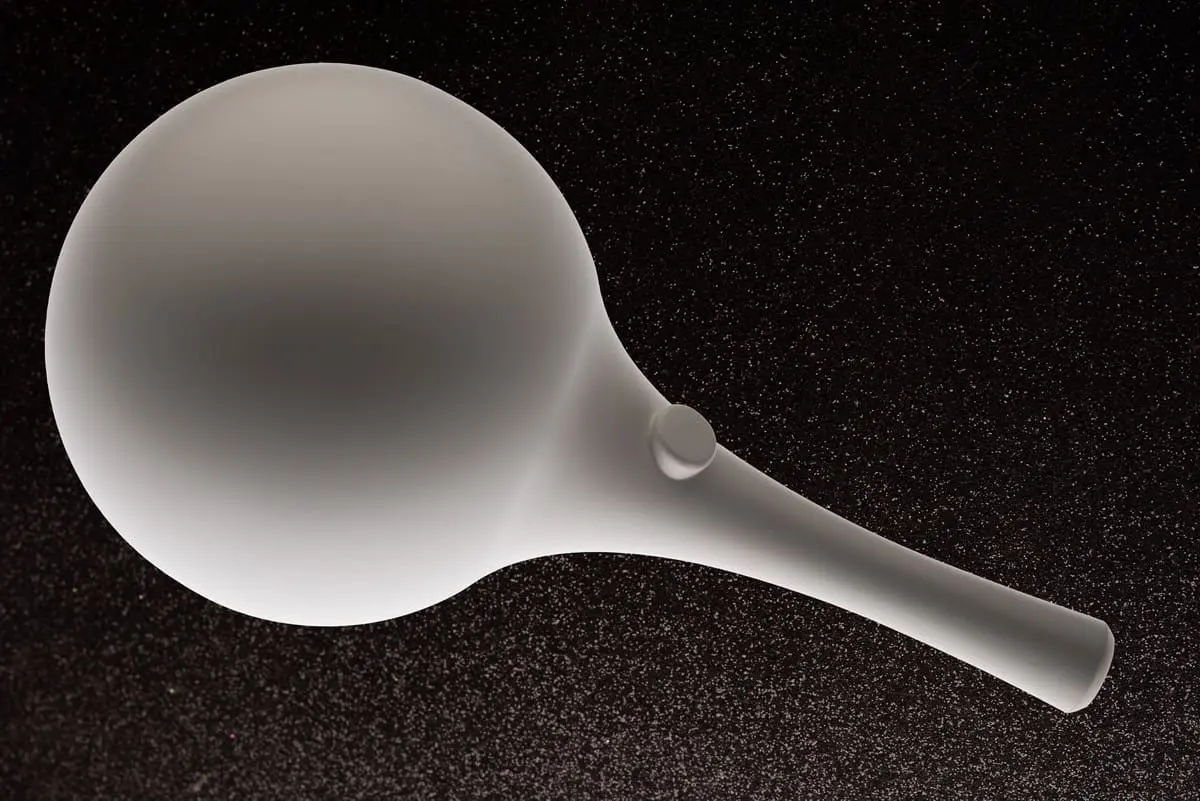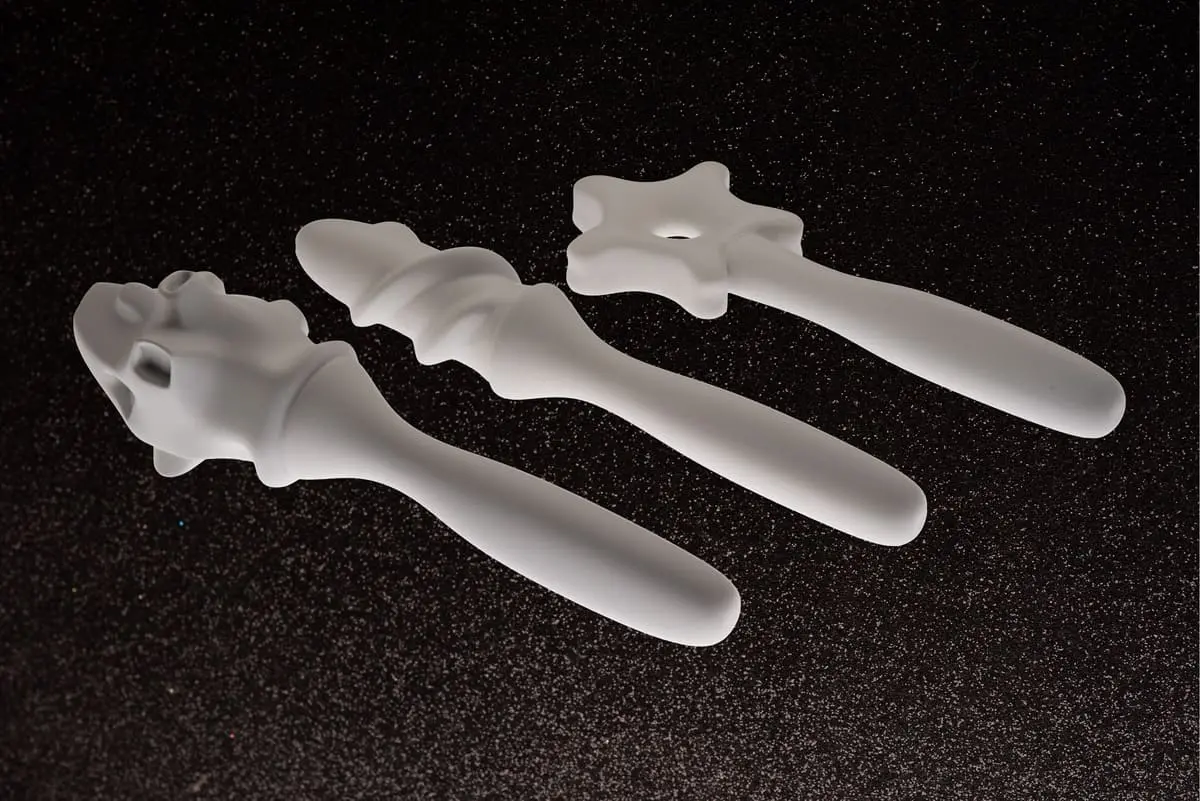Unknown Unknowns: Triennale opens up to Design for Space

The theme of Triennale Milano's 23rd international exhibition broadens our view of what we still don't know and explores frontier territories, such as Design for Space and life on other planets, the subject of cutting-edge research by the Space4InspirAction research and design laboratory of the Design Department, created and directed by Annalisa Dominoni and Benedetto Quaquaro.
From 15 July to 11 December 2022, the thematic exhibition Unknown Uknowns. An Introduction to Mysteries, which presents more than one hundred works, installations and projects by artists, architects, designers, physicists and researchers confronting the unknown, an opportunity to marvel at the vastness that eludes us. A section of the exhibition is dedicated to Space4InspirAction's space projects, developed from 2017 to the present and designed for a new environment governed by laws different from those we have on Earth.
The projects on display also include space objects, designed to live comfortably and sustainably in extra-terrestrial, confined and reduced-gravity environments, created by a group of young designers trained within the eponymous Space4InspirAction course, the first and only Space Design course in the world recognised and supported by the European Space Agency (ESA), within the Master's Degree in Integrated Product Design of the School of Design of the Politecnico di Milano.

Designing for Space means "starting over", living in "another body" and in an unfamiliar environment that is not part of our everyday experience, where confinement and reduced gravity have a decisive impact on the way we perceive and react to new external stimuli.
In Space we experience disorientation and spatial transfiguration: the changing geometry of gravity draws a cognitive, postural and spatial shift, while the body undergoes strong physical, physiological, and sensory alterations, gravity can therefore be considered the greatest designer - to quote the words of curator Ersilia Vaudo Scarpetta, astrophysicist and Chief Diversity Officer of the European Space Agency (ESA) - that has a decisive influence on our lives and the behaviour we assume when moving in Space.
For these reasons, 'designing for Space' requires a great deal of use foresight to imagine how an object will behave in space, how it will be used, and how it will relate to its surroundings. This means that design plays a crucial role in creating new gestures and behaviours, both of humans and animated objects, in an unknown environment, outer space, which are altered by the absence of gravity.
«When we design for astronauts, - explain Annalisa Dominoni and Benedetto Quaquaro, - we try to immerse ourselves in the environment of the International Space Station (ISS) and imagine how our bodies could move in a confined space and in microgravity, how our postures and gestures could change in relation to objects, and above all, how new tools could be designed to function well in Space and, why not, take advantage of the lack of gravity, which has always been considered a limitation to be opposed.»
In the Space4InspirAction course, Professors Dominoni and Quaquaro teach students to develop a great capacity for vision, but also and above all for 'pre-vision': because how astronauts live, we on Earth can only imagine.
Designing in a hitherto unknown field such as space has led them to define a new methodology called Use and Gesture Design (UGD) which is based on the simultaneous design of environments, objects and gestures, transforming microgravity from a limitation into an advantage.
Among the examples of spatial design, in which design plays a central and strategic role, is Emo Space, a futuristic object that cooks food by shaking the ingredients inside, thanks to movement facilitated by weightlessness.

Exerity, a microgravity fitness tool that exploits the extreme freedom of postures assumed by the body with adaptable handles for both hands and feet. Pare is inspired by the gesture of peeling fruit that brings us back to earth as we enjoy a space fruit made with edible packaging to eliminate waste.

Rethinking Eating consists of several elements: 3D-printed structural paste solids containing nutrient-rich protein sauces inside, and instruments that take shape by dialoguing with the solids and liquids in microgravity, to offer space tourists an extraordinary food and wine tasting experience inside a space hotel dedicated to well-being.



Finally, Send Sens allows the haptic sensation to be recreated through a device worn on the ground and in space by two people who can exchange caresses and hugs, even if they are far apart.

CREDITS
Photos: LAB Image
Models and prototypes: Department of Design
Professors: Annalisa Dominoni and Benedetto Quaquaro
Exhibition curated by: Triennale di Milano